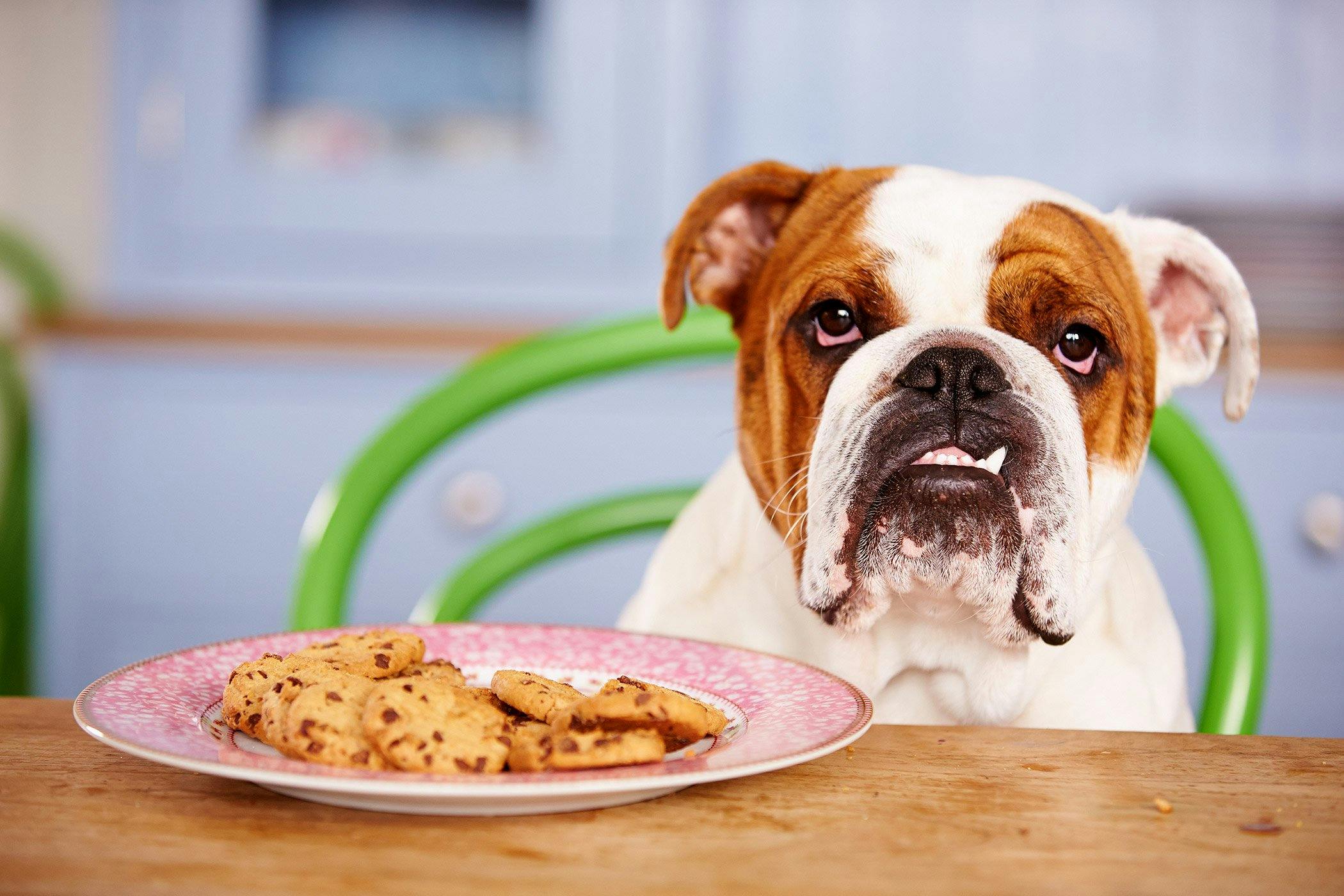
Weigh your diabetic dog regularly and watch for signs of excess hunger thirst and urination which are indicators that their glucose levels may be too high. Glucosuria is the presence of sugar within the urine.

Where the amount of glucose ranges from 679 g to 0 g per 100g.
High glucose in puppy. A dog with unusually high levels of glucose in the blood is stated to have hyperglycemia. An easy carbohydrate sugar that circulates in the blood glucose is a major source of energy for the body which normal levels range in between 75-120mg. A healthy dog has a blood glucose level measured between 75 mg to 120 mg.
Elevated levels of blood glucose can occur fairly often for various reasons. Diet stress exertion and medications. Moderately elevated glucose can indicate infections inflammatory conditions and hormonal imbalances.
Your dogs blood glucose level could change for several reasons diet stress medications etc. Moderately elevated blood glucose can be indicative of an infection hormonal imbalances or inflammatory conditions. Persistent high glucose levels can mean Diabetes Mellitus.
The normal blood glucose level for a healthy dog falls between 75 mg to 120 mg. Anything above that is. High Blood Sugar In Dogs.
A healthy dog has a blood glucose level ranging from 75 mg to 120 mg. A dog is diagnosed with high blood sugar or as hyperglycemic when it exhibits high blood glucose or sugar above the normal range. Elevated blood sugar may be temporary stress-induced or a sign of a serious underlying disease such as pancreatitis.
A dog may be experiencing higher or lower blood sugar than normal if he exhibits the following. Excessive thirst Increased urination Loss of energy Excessive sleeping Loss of appetite Significant weight loss Some dogs are born with type 1 diabetes and may exhibit these symptoms as puppies. Weigh your diabetic dog regularly and watch for signs of excess hunger thirst and urination which are indicators that their glucose levels may be too high.
Regular testing of your dogs blood glucose level can reveal problems before they become emergencies. Glucose levels rise after meals occasionally when your dog is sick and when the insulin dose is too low or. Hypogylcemia in dogs is defined as a blood glucose concentration of less than 33 mmolL 60 mgdL and is a relatively common problem encountered in veterinary practice.
This metabolic disorder can have an array of clinical signs ranging from. Glucose gives the body energy. If your puppy is hypoglycemic youll first notice it moving more slowly and becoming restless.
As the hypoglycemia worsens and your puppys. Welcome to the list of the top 20 drinks highest in glucose content. Where the amount of glucose ranges from 679 g to 0 g per 100g.
The top drink is Cranberry juice cocktail bottled with the highest glucose content which in 100g contains 679 g of glucose. Glucosuria is the presence of sugar within the urine. With glucosuria there can be a normal concentration of blood glucose but a high concentration found in the urine.
More often though blood sugar is high too. The recurring or persistent excretion of glucose in the urine is known as glucosuria or glycosuria in veterinary terms. Dogs with diabetes have high blood sugar glucose because they cant produce their own insulin.
This means that your dog is insulin dependent and will need insulin injections twice a day every day for the rest of his or her life. Managing diabetes is not a small undertaking. Along with giving insulin injections twice daily strict rechecks with your veterinarian and close.
High levels indicate stress Cushings disease diabetes pancreatitis or can be due to certain medications. Low levels can indicate liver disease insulin overdose severe bacterial infection hypothyroidism and Addisons disease. Toy breed puppies are prone to low blood glucose for unknown reasons.
As expected so early in the study the number of dogs having abnormalities was low with 71 dogs of 3044 having blood glucose levels outside the normal range. Seventy dogs had low levels and one had a high level but the value was only slightly above normal range. The term hyperglycemia is derived from the Greek hyper high glykys sweetsugar haima blood.
Hyperglycemia is blood glucose greater than 125 mgdL while fasting and greater than 180 mgdL 2 hours postprandial. A patient has impaired glucose tolerance or pre-diabetes with a fasting plasma glucose of 100 mgdL to 125 mgdL. Because puppies have not fully developed the ability to regulate blood glucose concentration and have a high requirement for glucose they are vulnerable.
Stress cold malnutrition and intestinal parasites also may trigger juvenile hypoglycemia. When the dog detects the target odor he will alert with a specially trained behavior such as pawing licking vocalizing or even fetching a blood glucose meter. The signs of high blood sugar to look for include fatigue blurred vision and headaches along with.
Frequent urination and thirst. Excess sugar in the blood is passed through the kidneys and into urine. This draws more water into the urine which means more frequent urination.
High glucose levels cause thirst even when you are drinking enough fluids. Training your dog to alert you to changes in your glucose levels is fairly easy. Training yourself to pay attention to your dog when he alerts you is not as easy.
We get involved in our daily routine and many times ignore our dogs. This is why it is important to think about how you want to train your dog to alert you.